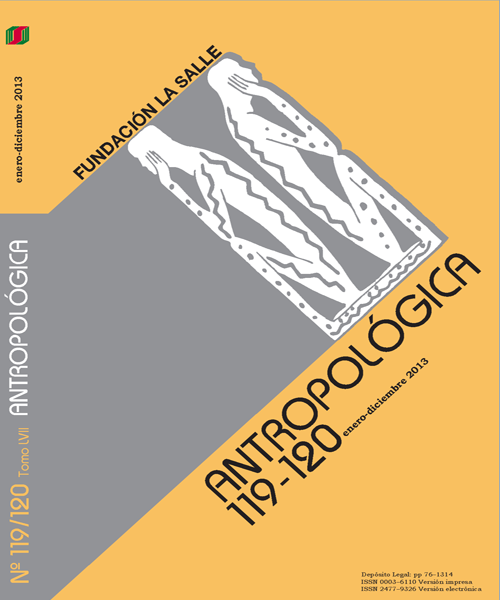Native American Ethnogenesis in the early 18th Century of the Southeast US.
Palabras clave:
Ethnogenesis, Southeast US, Native American demography, Johnson report, XVIII century, Etnogénesis, Estados Unidos de América, demografía amerindia, Informe Johnson, siglo XVIII,Resumen
Abstract. Governor Robert Johnson of Carolina prepared a report in 1719 that
provides the first reliable enumeration of native populations in the Southeast US
significant for two reasons: 1) it is a comprehensive, time-stamped compendium of
information on the size and distribution of native populations in the US Southeast, and
2) it reflects the earliest and in some cases only population profile for native
southeastern groups (several went extinct within the next 10-20 years). The ultimate
significance of the Johnson report is the knowledge it provides on Native American
demography in the first half of the 18th century after Virgin Soil diseases had run their
course across the region. In this presentation we examine the size, location and
ethnolinguistic affiliation of the diverse groups enumerated in Johnson's report in light
of the ethnogenesis taking place among remnant populations at this critical moment in
Native American history of the Southeastern US.
Etnogénesis entre los Amerindios a principios del siglo XVIII en el
Sudeste de los Estados Unidos
Resumen. El gobernador Robert Johnson de Carolina preparó un informe en 1719
en el cual presenta la primera enumeración confiable de las poblaciones nativas del
sureste de los Estados Unidos, significativo por dos razones: 1) es un compendio
exhaustivo, con temporalidad de la información sobre el tamaño y la distribución de las
poblaciones nativas en el sudeste de los Estados Unidos, y 2) refleja los más tempranos
y, en algunos casos, los únicos perfiles de grupos nativos del sudeste americano (varios
se extinguieron en los siguientes 10 a 20 años). El significado particular del informe
Johnson es el conocimiento que proporciona sobre la demografía de los amerindios en la
primera mitad del siglo 18, después que las epidemias de “Suelo Virgen” habían afectado
a toda la región. En este trabajo se examina el tamaño, la ubicación y la filiación
etnolingüística de los diversos grupos enumerados en el informe de Johnson, a la luz de
la etnogénesis que tenía lugar entre las poblaciones remanentes en este momento crítico
en la historia nativa americana del sudeste de los Estados Unidos.

